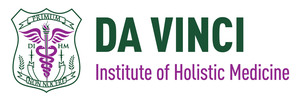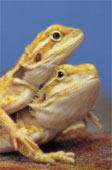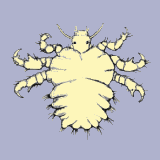NATUROPATHIC SEXOLOGY ONLINE COURSE
440,00 €
Naturopathic Sexology Course
Often sexual issues come up with clients and the Holistic practitioner should be in a position to handle the most basic of these such as erectile problems, premature ejaculation, sexual desire disorder in both gender, vaginismus and orgasmic dysfunction. This Naturopathic Sexology online course is truly unique and never before taught as the author Prof. Georgiou has coined the term ‘Naturopathic Sexology’ as a unique science. As a practising Clinical Sexologist, Clinical Psychologist, Naturopath, Herbalist, Homeopath and a Doctor of Science in Alternative Medicine he combines these modalities to provide a powerful tool in the diagnosis and treatment of sexual dysfunctions using a Holistic Approach.












Reviews
There are no reviews yet.